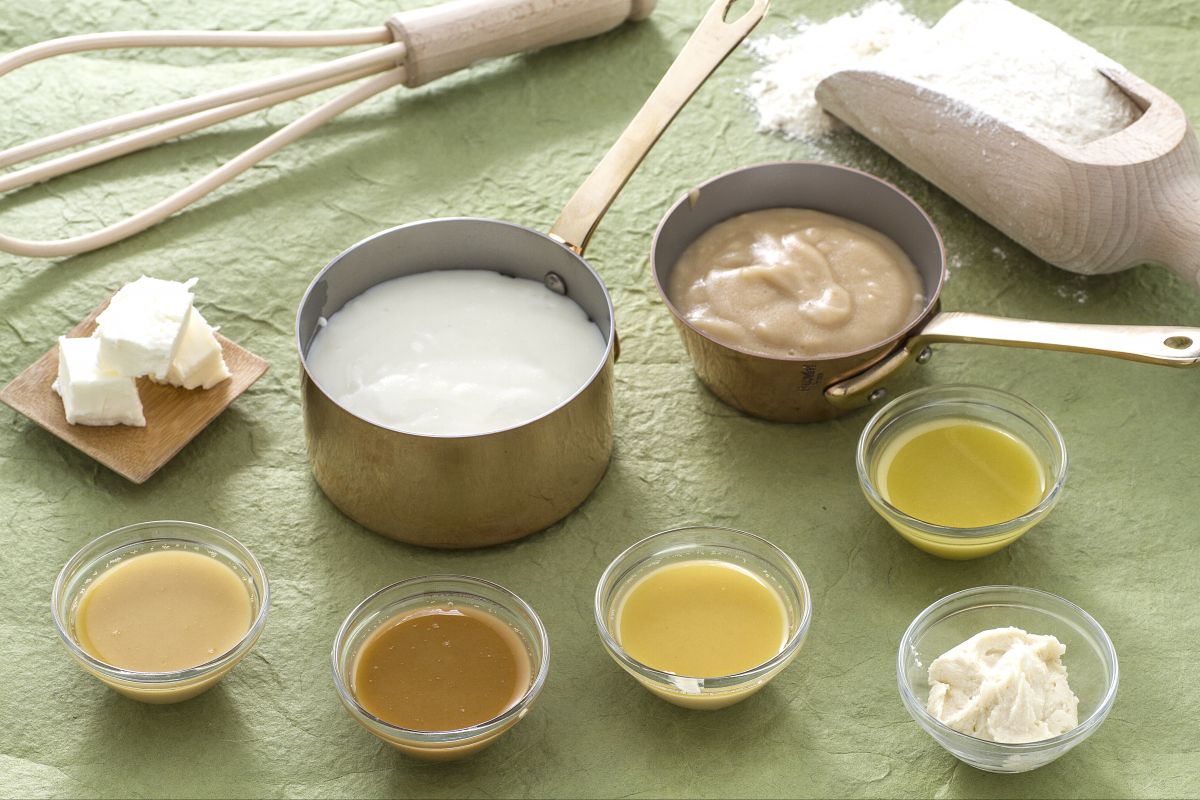How to prepare coulis
- Easy
- 18 min
- Kcal 237

When you dive into classic French cooking, knowing how to make a roux is, like, super essential. Really. It’s a skill every chef picks up early on. Though it's a French staple, you'll find this technique used all over the world. Smooth sauces? Thick soups? That's the magic. The secret? Melting equal parts of butter and flour together. This forms the base for loads of dishes—like homemade béchamel or deep, nutty gravies.
You'll hear about three types of roux: white roux, which stays light and is perfect for milk-based sauces. Then there's blond roux with its golden hue, awesome for pan sauces. And brown roux, cooked longer for a darker color and richer, toasty taste. The term 'roux' actually means 'rust' in French—because it changes color as you cook it.
In French kitchens, mastering the roux recipe is just crucial—not just for those fancy dinners. It's how you get your sauces silky and lump-free. The aroma that wafts up as the butter and flour meld tells you you're on track. Seriously, it’s something. Different regions have their tweaks, like using clarified butter or even oil. But really, getting that right blend is key to creating a creamy sauce or a stew with substance. This base for sauces pops up in everything from chicken pot pie to French onion soup, delivering that smooth texture that sets homemade meals apart.
People love chatting about French cooking techniques, but honestly, the real magic is in this straightforward mixture. It enhances everything from thickened sauces to rich, velvety fillings. Once you’ve got the hang of making a roux, a world of tender, flavorful dishes is within reach. Whether you're whipping up a simple soup or an elaborate stew, mastering roux opens up endless possibilities. And look, that’s pretty amazing.

White roux is used to thicken white sauces, such as béchamel. To prepare white roux, melt the butter in a saucepan over low heat for about 1 minute 1 to evaporate the water, in the meantime sift the flour 2 and when the butter is completely melted, add it to the pan 3.

Then stir continuously for 1-2 minutes with a whisk to prevent lumps from forming, keeping the heat low 4. The preparation should remain a fairly light color 5; the brief cooking is simply to cook the flour so it no longer tastes raw. There you go, the white roux is ready, now you have the perfect base to prepare béchamel: add the warm milk to the roux and let it thicken to achieve the right consistency 6 (Béchamel sauce for more details on preparing béchamel).

Blonde roux is the base for velouté sauce, a sort of béchamel made with broth instead of milk, which serves as an accompaniment for meat or fish. The velouté, as the name itself implies, is a sauce with a velvety consistency and very delicate flavor. The broth added to the roux should be clear, such as chicken, veal, or fish. To prepare blonde roux, melt the butter cubes in a saucepan 1 and let it 'cook' over low heat for about 1 minute to evaporate the water 2. Sift the flour 3

and add it to the melted butter, stirring over low heat for 10 minutes to prevent lumps from forming (4-5). In this case, the roux should indeed be a light golden color 6.

Once the roux is ready, to prepare the velouté, remove the saucepan from the heat and let cool, then add the warm broth 7, continuing to stir to avoid lumps. Return to the heat, bring to a boil 8, always stirring, and let simmer for 5 minutes so the sauce thickens 9.

Brown roux is mainly used to flavor sauces and gravies. It is typically used to thicken the cooking juices of roasts and to make sauces and gravies with strong flavors, as its taste is very intense and rich. Melt the butter in a saucepan and let it cook over low heat for about 1 minute to evaporate the excess water 1. Sift the flour 2 and add it to the butter in the pan 3

and stir over low heat for about 15-20 minutes to prevent lumps from forming 4. In this case, the roux should have a nice golden but intense color. The preparation should result in a dark brown color 6. Once ready, pour the warm stock over the roux and let it thicken, and you'll taste the flavor! Here are your roux ready to be used for the preparation you desire.

RAW ROUX WITH BUTTER Raw (or cold) roux is used to adjust the thickness of sauces or gravies. In a bowl, place the softened butter at room temperature 1 and add the same amount of sifted flour 2. Mix everything with a whisk to get a rather creamy and homogeneous mixture 3. Once ready, add the roux to your base, remember to cook everything for about ten minutes so that the flour gets cooked.

RAW ROUX WITH OIL As previously mentioned, roux is made from a fat part (usually butter) that is mixed with the flour. The fatty part, which is usually butter, can also be replaced with oil. Here's how to proceed. In a bowl, place the flour 1, add the oil 2, and mix everything with a whisk to obtain a homogeneous mixture 3. Then add the oil roux to the preparation you wish to thicken and let it cook for 7-8 minutes.

If you haven't mixed your sauce well, it might be lumpy. Here's what to do. Whisk the sauce until it is smooth and lump-free. Reheat it in a saucepan 1 and, when it's hot, remove it from the heat and strain it through a conical sieve (2-3) to eliminate all the lumps 3. Before using the sauce, heat it again in the saucepan.